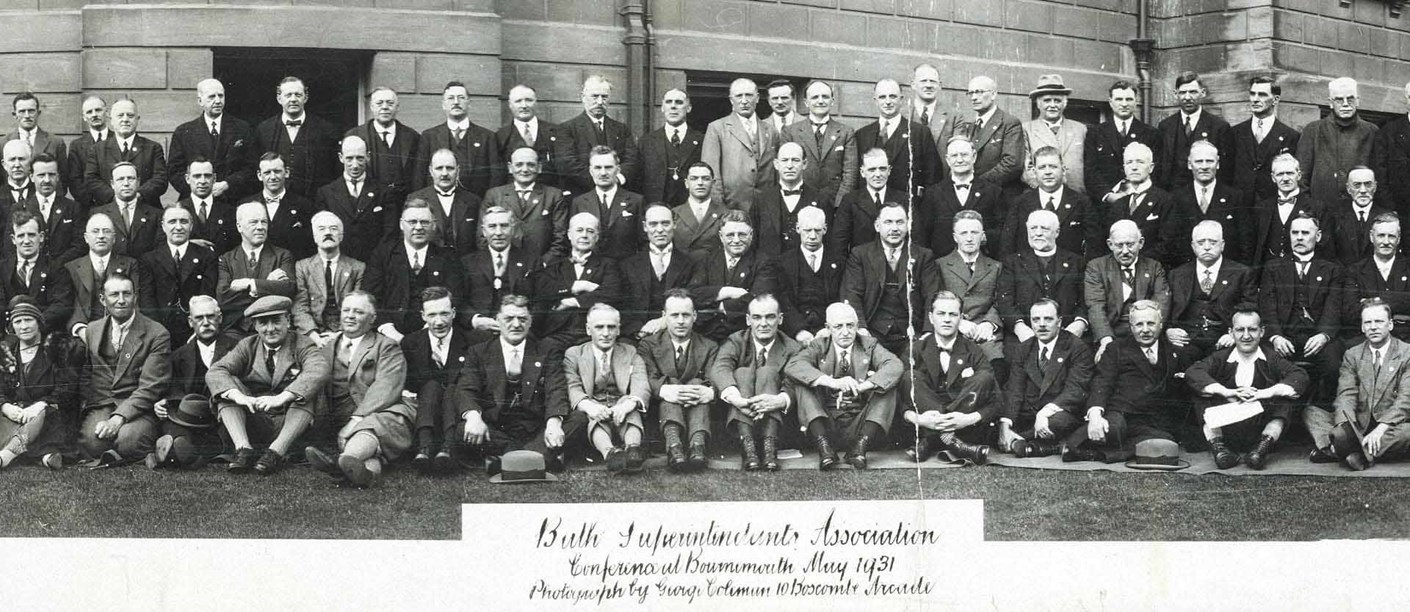Becoming CIMSPA
At the start of the 21st Century, the National Association of Sports Development, also known as NASD, emerged to service a younger and junior workforce operating in the sports development remit. Initially, NASD partnered and supported ISRM for two years but later switched to supporting ILAM due to increasing prosperity and closer alignment with its membership. This switch was further encouraged by a growing desire from DCMS to deal with a singular body for the sector and favoured ILAM as being the most appropriate for this.
This resulted in the first proposal of a merger between ISRM, ISLAM, and NASD being put forward in 2006. However, once put to a member’s vote was rejected due to being vague and not detailing the implications to its members.
In 2008 ILAM reconstituted, resized and relocated itself to become the Institute of Sport, Parks, and Leisure, also referred to as ISPAL, and absorbed the previous responsibilities of NASD in doing so. This marked the first major merge to uniting the sector under one voice.
In 2011 two of the sector’s largest institutes, ISPAL and the ISRM, merged to form the Institute for the Management of Sport and Physical Activity, also referred to as IMSPA. The newly founded IMSPA became the first singular voice for the leisure, recreation, fitness, sport and physical activity industries to operate as one sector. This harmony marked a new chapter for the sector which was to be widely referred from here on as the sport and physical activity sector. The following year, in 2012, IMSPA was awarded the Chartered status by the Privy Council, thus forming the Chartered Institute for the Management of Sport and Physical Activity, commonly referred to as CIMSPA.
Accompanying the new Chartered Status was a growing desire to service the sector with the professional body and the offering desired, by our sector. This initiated a business review of the Institute’s functions and ambitions and involved a sector wider consultation with members and stakeholders. The business review resulted in a three-year sustainable business plan and a new governance structure in line with CIMSPA’s new Charter and ratified by its members in late 2013. With a reinvigorated status and responsibility CIMSPA announced an ambitious project to outline the professional standards for everyone working in the sector.
A new CIMSPA
Sport England recognised this commitment and the organisation’s progress in Sporting Future: A New Strategy for an Active Nation, in 2015:
“Sport England will support the Chartered Institute for the Management of Sport and Physical Activity (CIMSPA), in developing and implementing a single, clear and rigorous set of standards for all sport and exercise professionals, with a similar clear and rigorous system for assessment, and awarding and validating qualifications, starting in January 2016.” (page. 37)
In 2016 Sport England’s latest strategy, Towards an Active Nation Strategy, further credited CIMSPA’s ability to contribute to the sector. The following year, Sport England announced a £1.2 million investment over a two year period into CIMSPA to increase the work and impact of the organisation. This was later referred to in Sport England’s 2018 ‘Working in an active nation - professional workforce strategy’. The funding coincided with the release of CIMSPA’s 2019 – 2023 strategy. The strategy identified four main objectives to be focused on:
We will be the sector’s regulatory body, protecting the integrity of the sector, and supporting its recognition as a profession.
We will provide membership services to individuals of specific occupations across our sector – those that don’t currently have a “home” or which to be recognised by the sector’s chartered institute.
We will provide partnership services to a range of organisations across the whole of our sector to support their workforce and educational development.
We will be seen as an exemplary organisation within the sector regarding our people, governance and financial sustainability.
The future of CIMSPA
In 2018 CIMSPA launched a management framework to help bring through talent into management roles and to further support those currently operating as managers. The following year CIMSPA established a new partnership with sportscotland to increase awareness and cohesion with sport and physical activity organisations operating in Scotland and are keen to establish partnerships with other home nation organisations.
In February 2020, CIMSPA and UK Coaching, who operated the Register of Exercise Professionals (REPs), announced an agreement to combine REPs with the CIMSPA Exercise and Fitness Directory, creating a single directory for all exercise and fitness professionals.
The future for CIMSPA and the sport and physical activity is bright and full of new, exciting and emerging opportunities and challenges. We are confident that together we can continue encouraging prosperity and growth in our sector. Day by day we are shaping a respected, regulated and recognised sector that everyone wants to be a part of.
